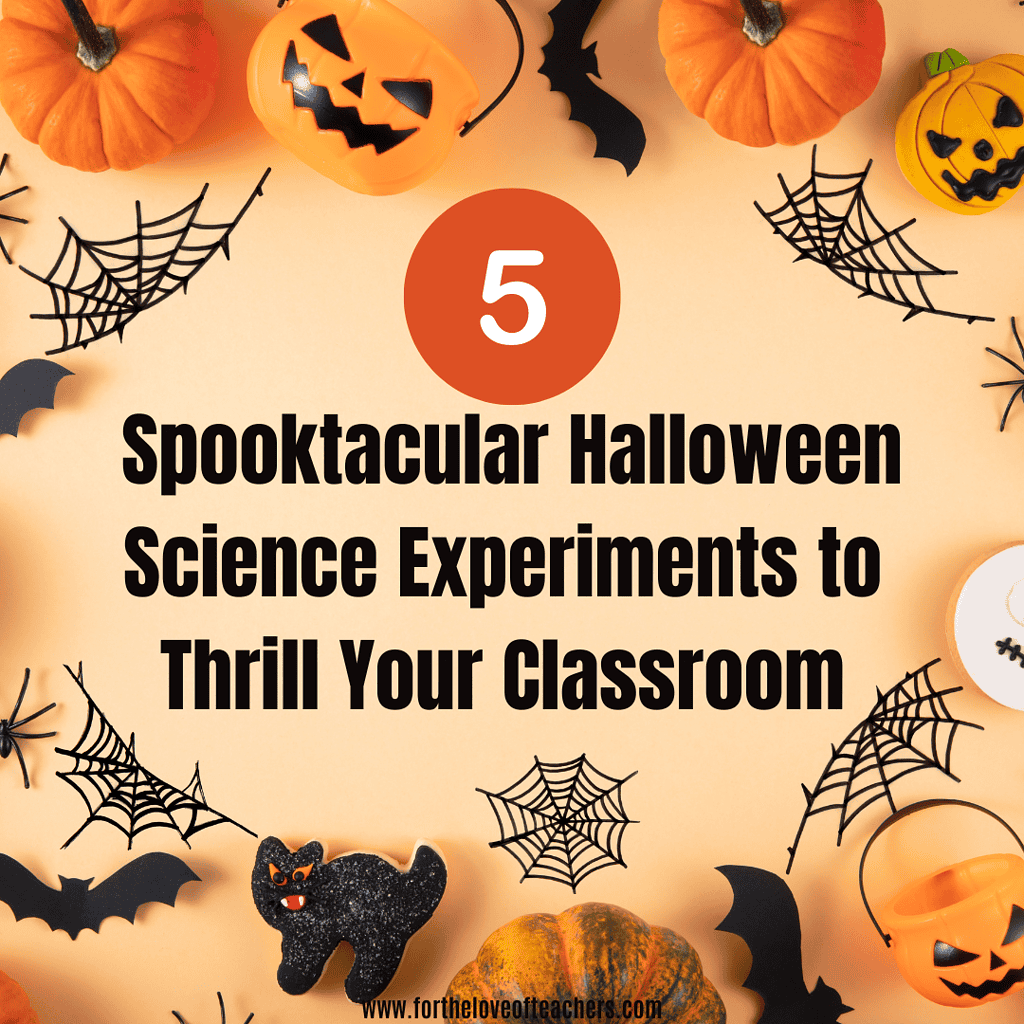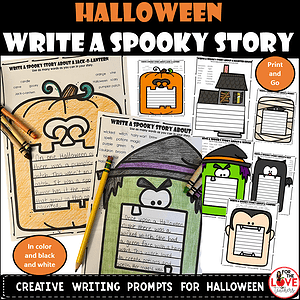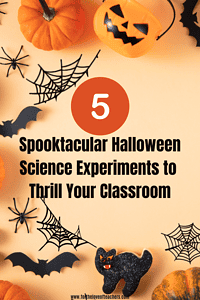Keeping students engaged in the classroom during the Halloween season can be fang-tastically tricky. With students of all ages loving thrills and chills, there’s no shortage of spooktacular Halloween-themed science experiments to ignite their curiosity and get them spellbound by learning new concepts. As you brew up your lesson plans, consider adding these experiments that will capture your students’ attention and leave them howling for more!
Build Geodesic Domes With Candy Corn
Anytime you bring candy into the classroom, you can bet you’ll have every eye on you. Swapping gum drops with candy corn can incorporate a seasonal element as you give your students an engineering lesson. Try having your students make geodesic domes and basic square structures. Then, experiment with seeing which ones hold the most weight. If you want to turn this into a competition, you can also encourage the students to build larger structures using a set number of toothpicks and candy to see whose is the strongest.
Spark Knowledge With Electric Play Dough
Teens and tweens may think they’ve moved past playing with play dough. But, you can bet they’ll revert to their younger selves when you put play dough on their tables. This electric play dough experiment teaches students about materials that are conductive and inductive, and your class will love being able to light an LED bulb using their newfound knowledge. Depending upon the circuits your class builds, you can have multiple lights turn on using the dough. For maximum effect, make sure the shades are drawn and the overhead lights are off so the students can see the lights at their brightest.
Teach About Static Electricity With Dancing Ghosts
Speaking of electricity, this experiment shows students how electrical forces are happening all around them. As a teacher, you’ll love knowing that the dancing ghosts are easy to create using common household materials. All you’ll need is some latex balloons and paper to teach students about the transfer of electrons to the balloon and how it attracts the positive charges in the paper. When you plan this experiment, make sure to leave plenty of time for the students to get excited as their ghosts and bats start dancing on the table in front of them.
Host a Balloon Car Race
Teaching Newton’s Laws of Motion is a ton of fun when you get the students involved in a real-life balloon car race. To make this fit your Halloween theme, choose balloons, tape, wheels, and other materials that are seasonal colors such as orange, green, and blue. You can also have the students draw spooky faces on the balloons or decorate the bottles to fit the theme. If you have a creative group, plan for this experiment to cover two days. They can build their bottle cars on the first day and hold the races the next. For advanced students, you can challenge them to try making their cars faster by changing the overall design. You can also let the students build the car’s body out of various materials to experiment with how small changes impact the results.
Create Light Up Gloves
With older groups, you may need to heighten the intrigue. High school students love light-up clothing, and you may already have some students who are getting prepped for Homecoming and other special events by looking for clothing that electrifies their night. You will need to do some prep work for this experiment, such as collecting conductive thread. However, kits and materials are fairly low-cost if you’re short on time, and the effort is worth it when you see your students suddenly enthralled as they learn new scientific concepts. Making a glowing glove is also a great follow-up to the play dough experiment when you are covering these concepts in a lengthy unit. To increase the level of this experiment, try using Arduino boards to have students program the lights to blink and dance to music. Expanding your class’s understanding of circuit systems leads to even more growth.
The spooky season is just around the corner, and you can seize this opportunity to get your class involved in fun and exciting science experiments that make the learning process more enjoyable. The best Halloween experiments take very little prep time, and you’ll enjoy seeing big results from making the effort to add an element of creativity to science that students love.
Happy Halloween and have fun!
Written By: Katherine Robinson, a writer for Cleatech
Need something spooktacular to get your students writing? Try our Halloween Writing Prompts.
Shop TpT: Halloween Writing Prompts: Write a Spooky Story
Shop at FTLOT: Halloween Writing Prompts: Write a Spooky Story
Thanks for reading!
If you like it, then pin it!

Christine Weis is a passionate educator, classroom management coach, wife, and mom of two busy boys. She enjoys teaching, writing, and creating resources for teachers.








Leave a Reply